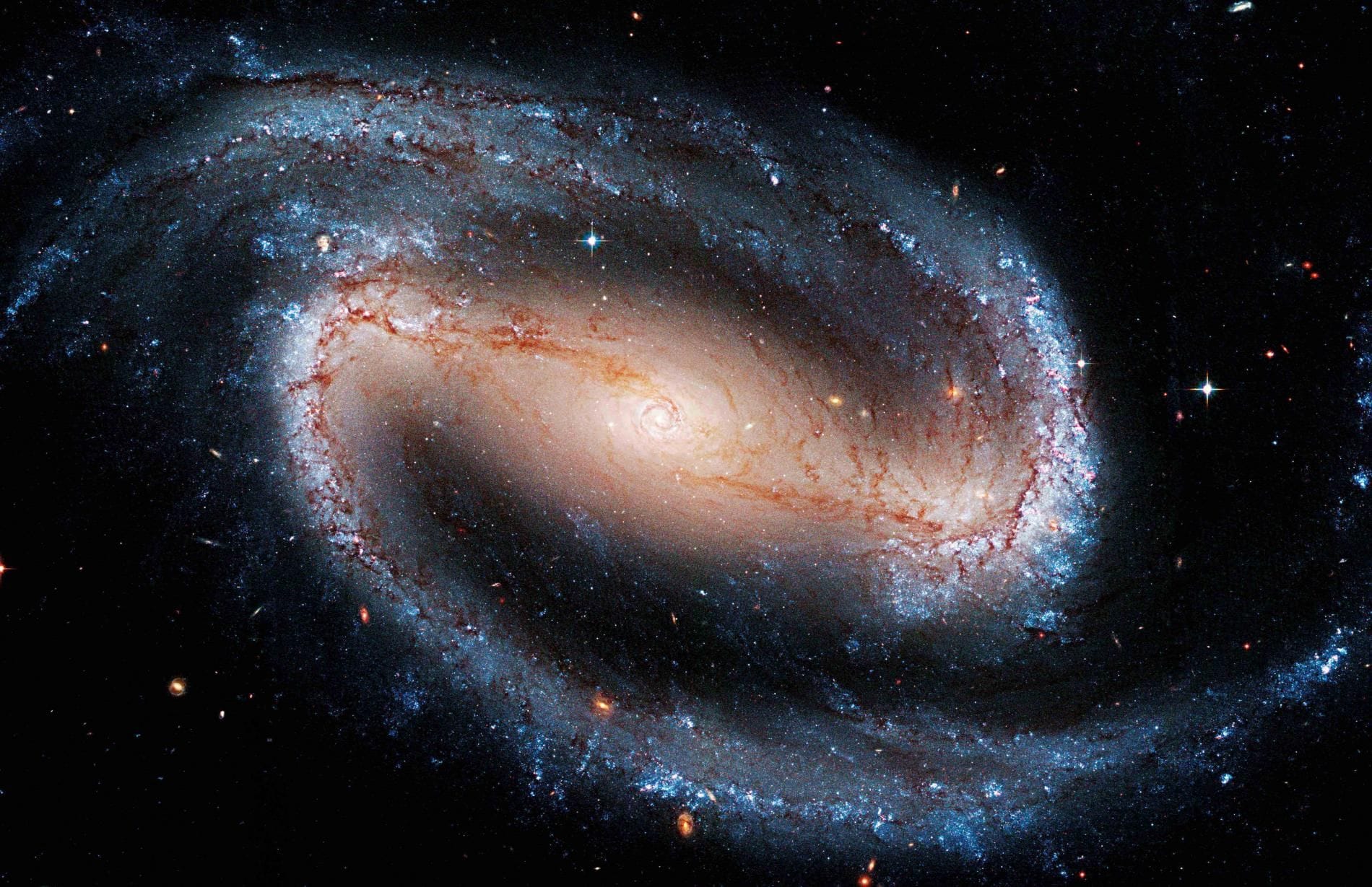In a groundbreaking discovery, NASA’s Hubble Space Telescope has unveiled the true identity of a peculiar galaxy that does not fit into the conventional categories of spiral or elliptical galaxies. This finding highlights the complexity and diversity of galactic structures in the universe, challenging astronomers’ understanding of galaxy formation and evolution. The galaxy, known as J1000+0200, was initially thought to be a typical spiral galaxy due to its bright core and surrounding star formation. However, detailed observations revealed that it possesses unique characteristics that set it apart from the standard classifications. Hubble’s advanced imaging capabilities allowed scientists to analyze the galaxy’s structure in unprecedented detail, revealing a chaotic mix of star clusters and gas clouds that do not conform to the expected patterns of spiral or elliptical galaxies. This discovery is significant as it opens up new avenues for research into the formation and evolution of galaxies, suggesting that there may be many more galaxies in the universe that do not fit neatly into existing categories. The findings were published in the Astrophysical Journal and are part of ongoing efforts to map the vast diversity of galaxies in the cosmos. As astronomers continue to explore the universe, they are likely to encounter more galaxies that challenge our current understanding, prompting a reevaluation of how we classify these celestial objects. For more information, you can visit NASA’s official page on this discovery at https://www.nasa.gov/feature/hubble-reveals-odd-galaxy. Additionally, the research paper detailing these findings can be accessed at https://iopscience.iop.org/article/10.3847/1538-4357/abccf3.
Hubble Reveals the Unusual Nature of a Mysterious Galaxy


